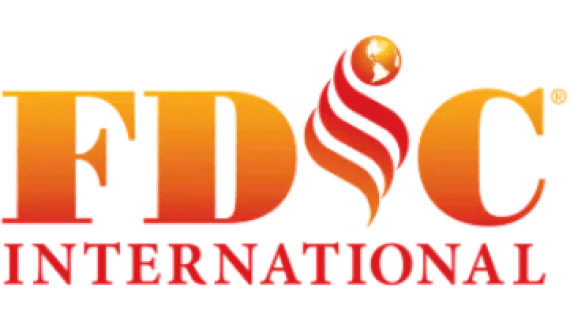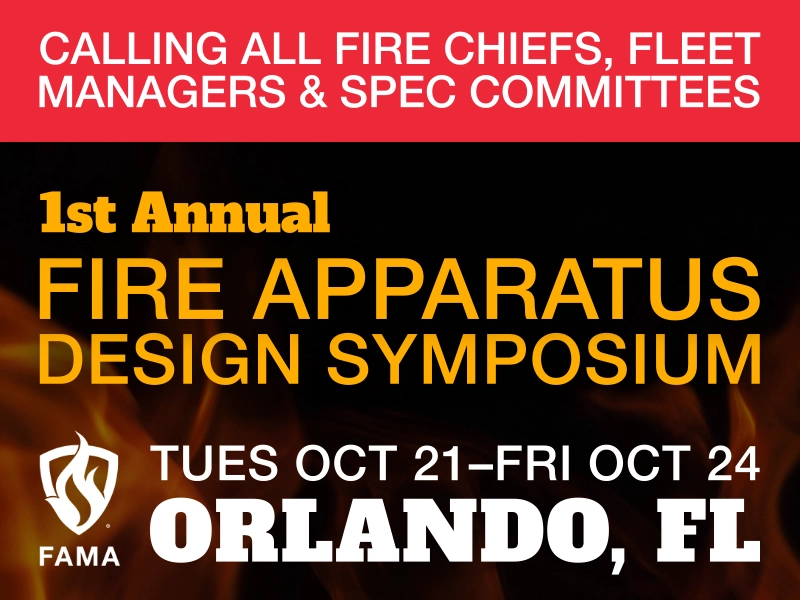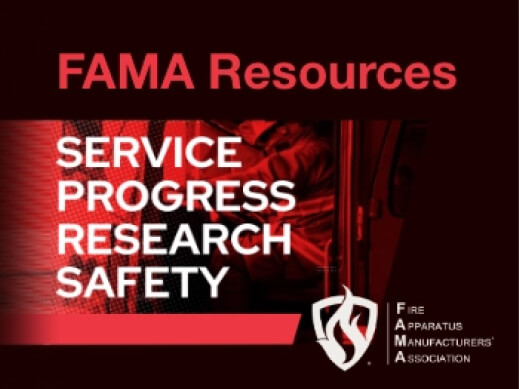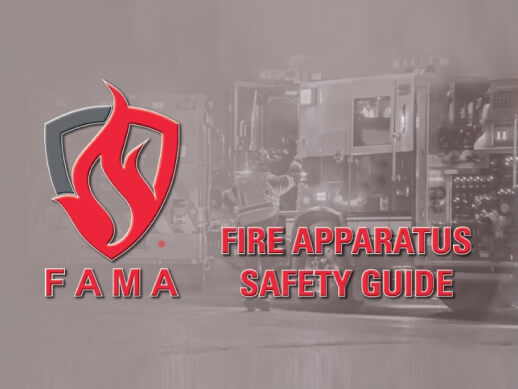More than 30 years ago, fire truck manufacturers started using plastic for their water tanks. With that being said, I am going to walk you through the history and evolution of plastic water tanks in fire apparatus from my perspective. Along the way, I’ll explain why it is important not only to buy trucks and tanks from Fire Apparatus Manufacturers’ Association (FAMA) members but how it is also important to make sure that you are using the FAMA buyers guide, which ensures the best decision for your department.
HISTORY
First, let’s go back to the early 1980s. Alongside the copious amount of perms, glam rock, and spandex, the plastic welding industry was also starting to grow in the United States. While entrepreneurs and engineers were working hard to come up with the best design for water tanks, I was just a kid chasing frogs, building forts, and probably sporting a mullet (thanks, Mom). In all seriousness, we owe a lot to those innovators who worked along with and for fire apparatus manufacturers. Ultimately, they helped pave the way for the future of plastic fabrication and water tanks. Looking back, it’s amazing to think that without their efforts, I would not be here writing this today.
It did not take long for fire truck manufacturers to see that these new tanks made from plastic solved a major problem. Plastic is a noncorrosive product, so it eliminated the possibility of rust and leaks caused by corrosion. These tanks were first built from homopolymer polypropylene, a material that held up great against forms of corrosion but failed miserably when introduced to impact or extreme stress tests. That is when FAMA members that produce plastic water tanks started using their own version of a copolymer. Most of this product is still polypropylene, but with the benefits of some polyethylene, this product became bulletproof. No joke—this material is bulletproof to a .45 bullet at point blank range. Now, I should add a disclaimer here: This is not the time to try and shoot your water tank as it is extremely dangerous! However if you really want to see it, email me and I will send you the video.
Over the past 25 years, FAMA members that produced water tanks also started adding “baffles” to the tanks. No, I’m not trying confuse you with the word baffles, so I’ll add that they are flow directing obstructing veins or panels inside of plastic tanks. They made the tanks much safer options for firefighters. Tanks baffled correctly are now much easier to deal with when turning, starting, and stopping the trucks as the water is no longer constantly shifting weight. By adding them, tanks were made much stronger because the baffles also created tremendous support. Fun fact: this was such an important design element of the tank that it is now included in National Fire Protection Association (NFPA) 1901, Standard for Automotive Fire Apparatus, NFPA 1906, Standard for Automotive Wildland Fire Apparatus, and NFPA 414, Standard for Aircraft Rescue and Fire-Fighting Vehicles.
In 1998, I got my first job fabricating tanks. Growing up around the business, I had seen the process but had never held a welding tool, let alone built anything, until I was 18. The only thing I was allowed to do before that was the oh-so-fun job of stacking pallets and pushing a broom. I loved being around the fab shop—the welding guns reminded me of the guns used in Ghostbusters—and I couldn’t wait until I was old enough to actually use one and build something. Not long after I got my first welder, I quickly began to realize that it is a skilled trade. It takes time, energy, and training to actually be good at welding. Just like any other trade, you have to be continuously trained and educated. It is important to select a tank manufacturer that has the training and education to produce a product that fits your needs. The tank manufacturers belonging to FAMA not only hit the mark with this but exceed it.
Things have really evolved over the past 20 years. With firefighters not only wanting to carry more water but more tools with a shrinking overall truck footprint, it has forced tank manufacturers to get creative and solve these problems fast. The manufacturers have found ways to make this happen and lower the center of gravity, which is making the trucks safer than ever. Some of the more recent trends have included: putting ladder compartments in the tank, building cabinets into the top and sides of the tank, adding a hosebed to the top of the tank, and color coding the fill towers to make it easier identify water and foam. More tanks are square- or T-shaped with lower profiles, and custom fitting the tank to fit in tighter areas shows just how far this industry has come. There’s still room to be even more creative, expanding not only on the trends, but fixing a problem before it’s even addressed.
FAMA ROLE
Now, with a high consumer demand for customization, it is imperative to make sure you are selecting the correct manufacturer to build your water tank. Two years ago, FAMA put together a water tank buyers guide, which was a long, well-thought-out, and meticulously executed process. What makes this Buyer’s Guide special is the FAMA members who worked together in their respective areas of expertise to share their best practices. For the water tanks guide, all manufactures not only had input but agreed on what the product criteria should be. By following this guide, you are now guaranteed to receive the best quality products available for your specific needs. https://www.fama.org/fire_service/water-tanks/
Thank you for taking the time to read this article. My goal in writing this was not only to give a little back history but share some insight on new trends, point out why it is important to buy from a trained and educated source, and also emphasize why is important to use the Buyer’s Guide offered by FAMA. All of this has impacted me from an individual perspective as I have so much respect for the industry I’ve grown up and along with. There’s so much to be inspired by when it comes to the high-quality standards and creativity FAMA members produce every day. All in all, there’s much more I could say specifically about all the ways things have changed throughout the years, but I gotta go, I see a frog!
FAMA is committed to the manufacture and sale of safe, efficient emergency response vehicles and equipment. FAMA urges fire departments to evaluate the full range of safety features offered by its member companies.
